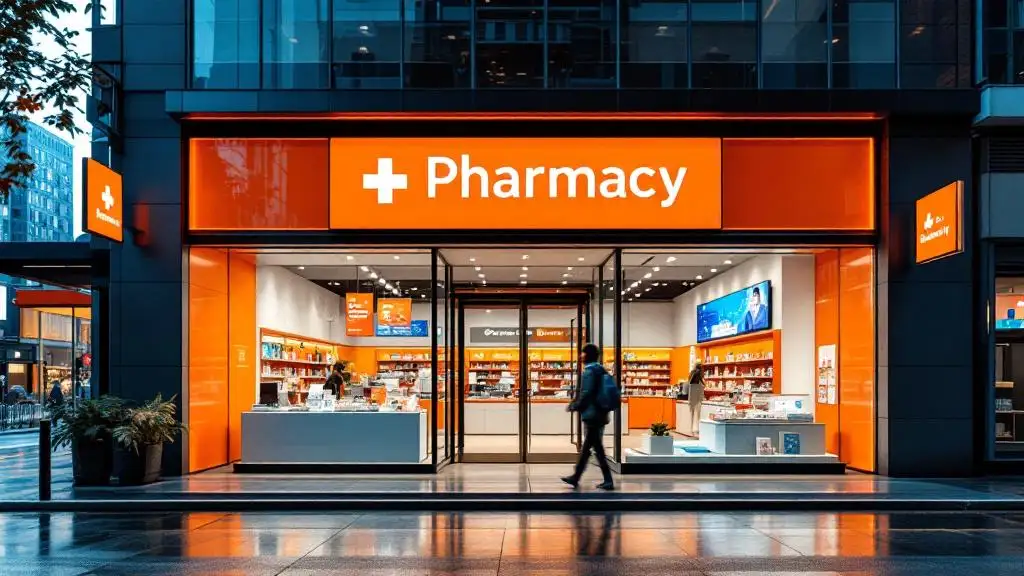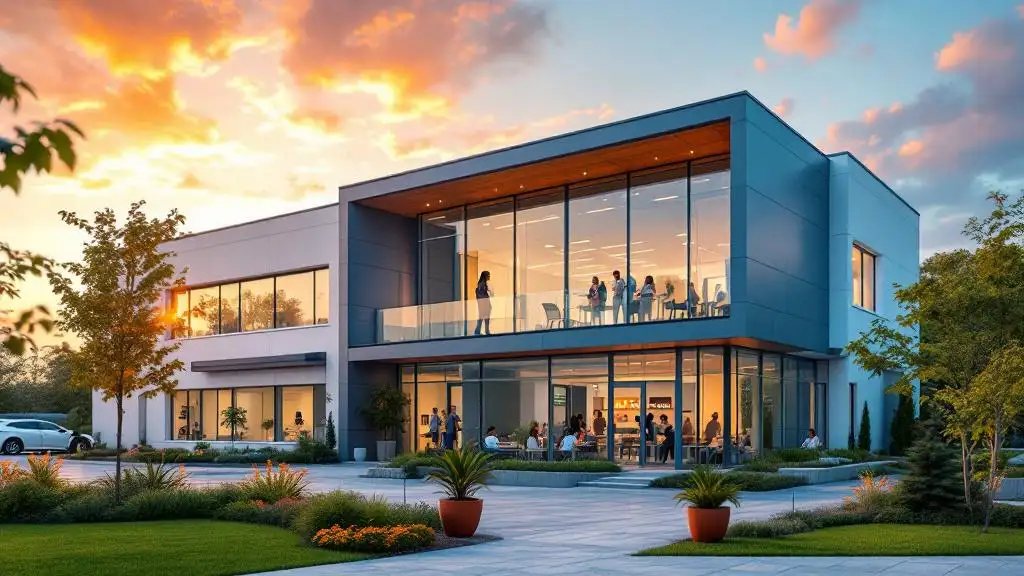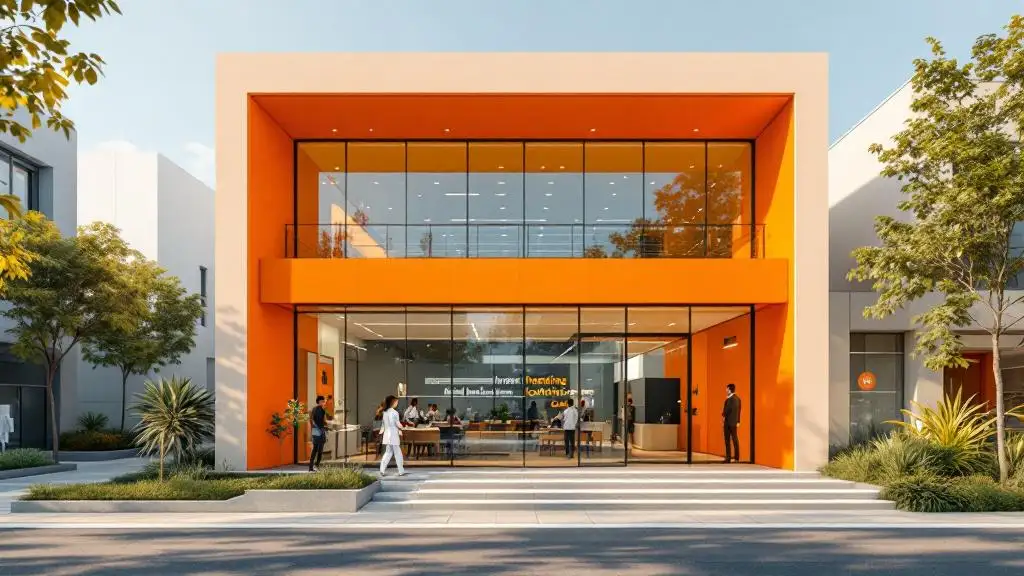Using Geo-Fencing to Target Local Healthcare Audiences
Maximizing Healthcare Outreach with Location-Based Strategies
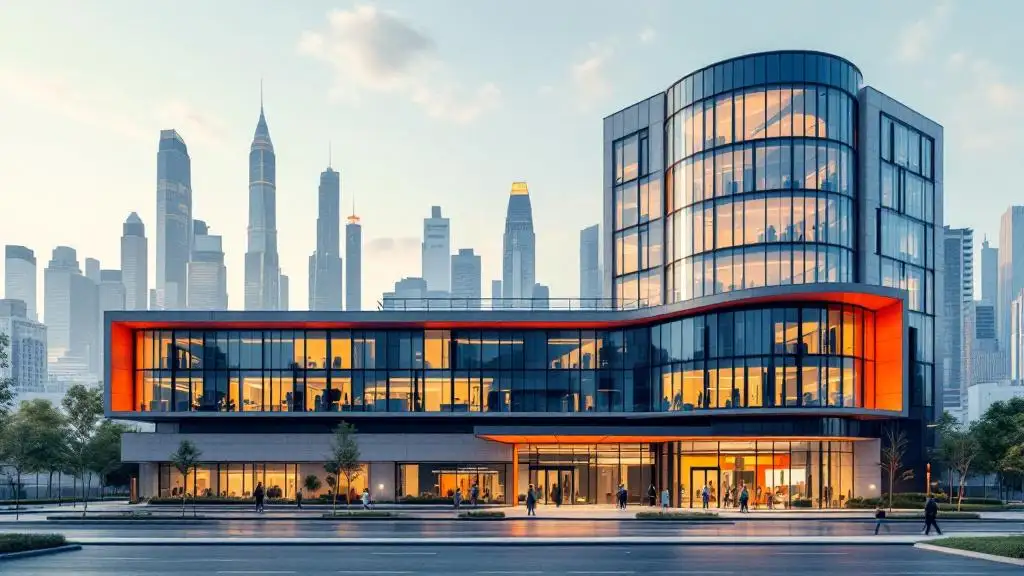

Using Geo-Fencing to Target Local Healthcare Audiences
Introduction to Healthcare Geofencing
In an increasingly connected world, healthcare providers are leveraging innovative digital tools to reach their local communities more effectively. Among these, geofencing technology stands out as a powerful method for targeted marketing, community engagement, and operational efficiency. This article explores how geo-fencing works, its applications in healthcare marketing, and best practices for implementation to enhance patient and professional engagement.
Understanding Geofencing Technology and Its Mechanisms
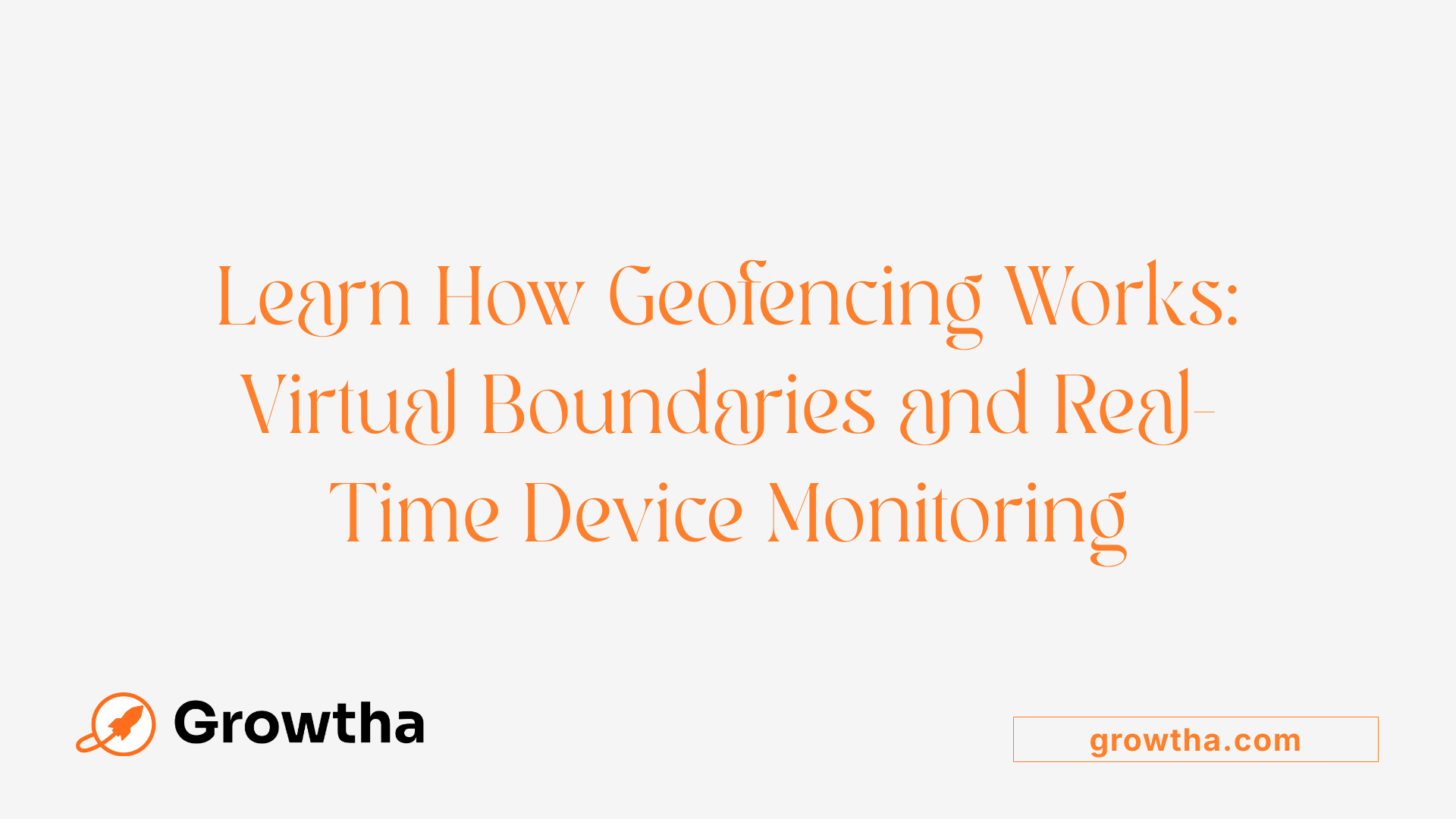
What is geofencing and how does it work?
Geofencing is a location-aware technology that involves creating a virtual perimeter around a specific physical area. This perimeter, or geofence, can cover locations such as hospitals, clinics, or competitor practices. Using a combination of GPS, RFID, Wi-Fi, or cellular data, the system continuously monitors the location of mobile devices or tags.
When a device crosses the boundary of this virtual zone, predefined actions are triggered. These actions can include sending targeted notifications, advertisements, or alerts directly to the user. For example, a healthcare provider might send health service updates when a patient enters a nearby clinic.
The implementation involves mapping software where geographic coordinates are used to define the zone's shape and size. These boundaries can be simple circles or complex polygons, depending on the targeted area. The system then tracks device movement in real-time, activating responses when the boundary is crossed.
Applications of geofencing range from local advertising campaigns and patient outreach to security and asset management. Its ability to deliver timely, location-specific content makes it a powerful tool in healthcare marketing and operational strategies.
How geofencing works using location data
At the core of geofencing is the use of location data from mobile devices and other connected tags. The system relies on signals such as GPS coordinates, Wi-Fi access points, cell tower triangulation, or RFID tags to pinpoint device locations.
Once a geofence is established, the device's position is continually tracked against this boundary. When entering or exiting the zone, the technology triggers particular actions like sending targeted ads or reminders to the user. This can enhance patient engagement by delivering relevant health tips, promotional offers, or appointment reminders when most appropriate.
Furthermore, advanced geofencing setups may incorporate behavioral data or demographic profiles to customize the outreach, ensuring that users receive only relevant messages. This adds a layer of personalization, increasing the chances of user interaction and service uptake.
Technologies involved in geofencing (GPS, RFID, Wi-Fi, cellular data)
Several technologies enable effective geofencing, with each suited to different types of applications:
- GPS: Offers precise outdoor location tracking. It's widely used for large-area geofences around hospital campuses or clinics.
- Wi-Fi: Utilized indoors where GPS signals may be weak. It leverages known Wi-Fi access points to determine device location.
- Cellular Data: Uses cell tower triangulation, providing moderate accuracy for larger zones and is useful when GPS signals are unavailable.
- RFID: Ideal for asset tracking and access control within facilities. RFID tags can be used to monitor equipment or personnel movements.
Together, these technologies enable healthcare providers to set up flexible and accurate geofences that serve marketing, operational, and security purposes. They ensure that notifications or actions are triggered precisely when users or assets are within the defined boundaries, maximizing relevance and efficiency.
Applications of Geofencing in Healthcare Marketing
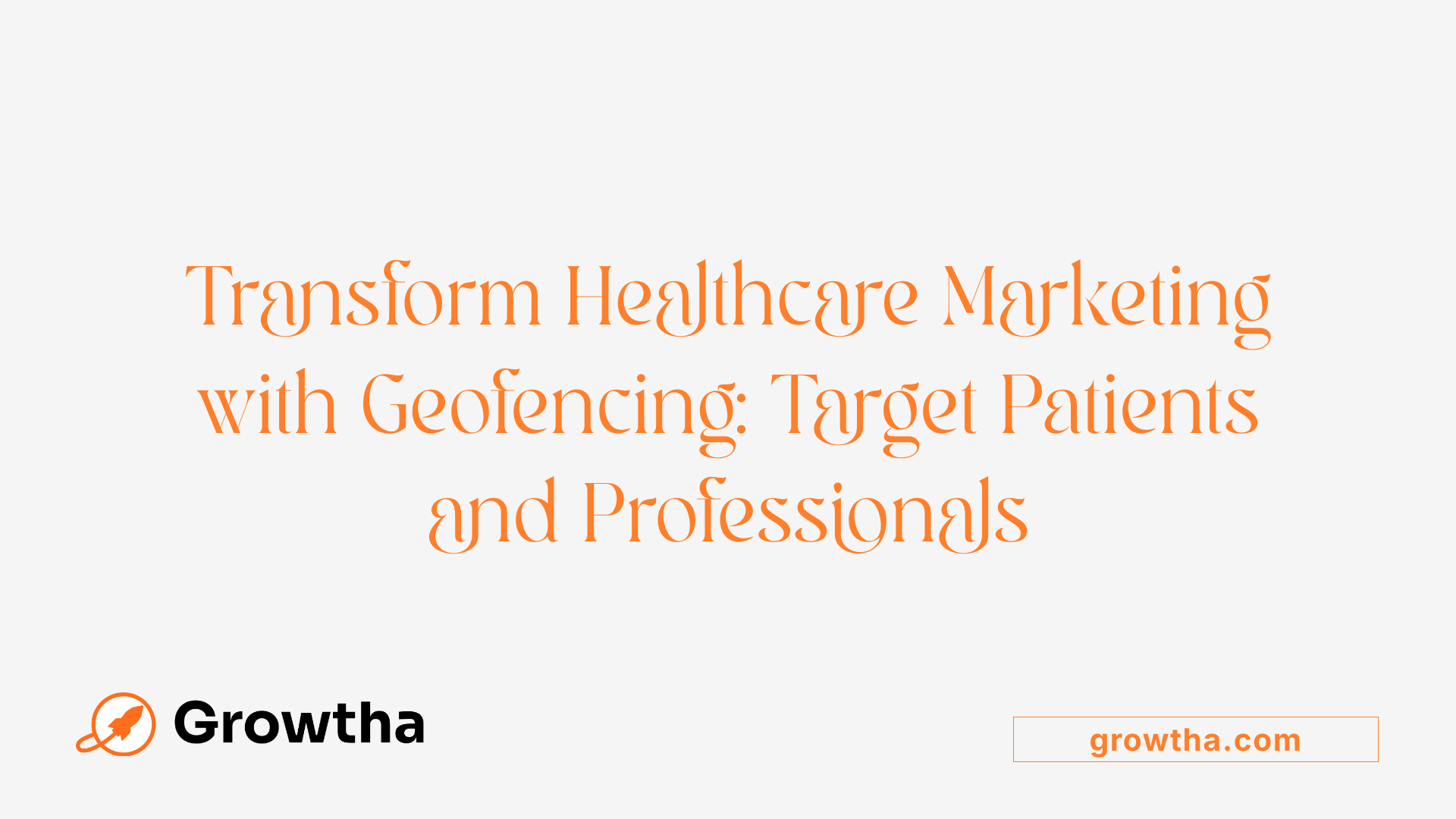
Targeting healthcare professionals and patients
Geofencing offers healthcare providers a powerful tool for hyper-targeted marketing efforts. It allows the creation of virtual boundaries around hospitals, clinics, and other healthcare facilities. When healthcare professionals or patients with relevant interests enter these zones, tailored messages—such as promotional offers, appointment reminders, or educational content—are delivered directly to their mobile devices.
For professionals, this means targeted ads during industry conferences, meetings at medical offices, or visits to pharmacies. Patients, on the other hand, can receive alerts about nearby wellness programs, vaccine drives, or new healthcare services, particularly when they are in locations like grocery stores or community centers.
Use cases for healthcare campaign enhancement
Healthcare marketers use geofencing for diverse campaigns, including lead generation and comparative advertising. For instance, a hospital might set a geofence around rival clinics to attract their patients with exclusive offers or awareness campaigns.
A mid-sized urgent care center, for example, increased flu shot appointments by 25% through geofenced promotions near pharmacies and grocery stores. Similarly, hospitals promoting wellness programs have seen a 30% boost in inquiries by targeting office parks and gyms.
Event promotion and community outreach
Event marketing is another vital application. Healthcare providers can set geofences around conferences, health fairs, or community events to target attendees with relevant content. This timely approach enhances community engagement and encourages attendance.
For mental health initiatives or vaccination campaigns, geofencing can increase awareness by sending relevant information as individuals enter certain neighborhoods or event zones. It also helps track the effectiveness of outreach efforts through measurable data like foot traffic and appointment conversions.
Operational uses in healthcare settings
Beyond marketing, geofencing supports operational improvements within healthcare. Hospitals can use this technology to communicate with staff and visitors, such as directing them to specific departments or alerting them about emergency procedures.
Moreover, geofencing facilitates appointment management by sending reminders to patients as they approach a healthcare facility, potentially reducing no-shows and improving service efficiency. It also aids in community outreach, making mental health services and screenings more accessible by targeted local campaigns.
| Application Area | Example Use Case | Benefits |
|---|---|---|
| Professional Targeting | Ads at conferences, clinics, pharmacies | Increased engagement, better professional reach |
| Patient Outreach | Reminders, offers near neighborhoods | Higher appointment rates, improved health compliance |
| Event Promotion | Healthcare fairs, community health events | Greater attendance, community awareness |
| Operational Engagement | Staff alerts, patient notifications | Streamlined workflows, enhanced patient care |
Geofencing in healthcare marketing provides a versatile, cost-effective approach to engaging specific audiences with relevant, timely content. From promoting services to streamlining operations, this technology significantly enhances healthcare delivery and patient experience.
Benefits of Geofencing in Healthcare Targeting
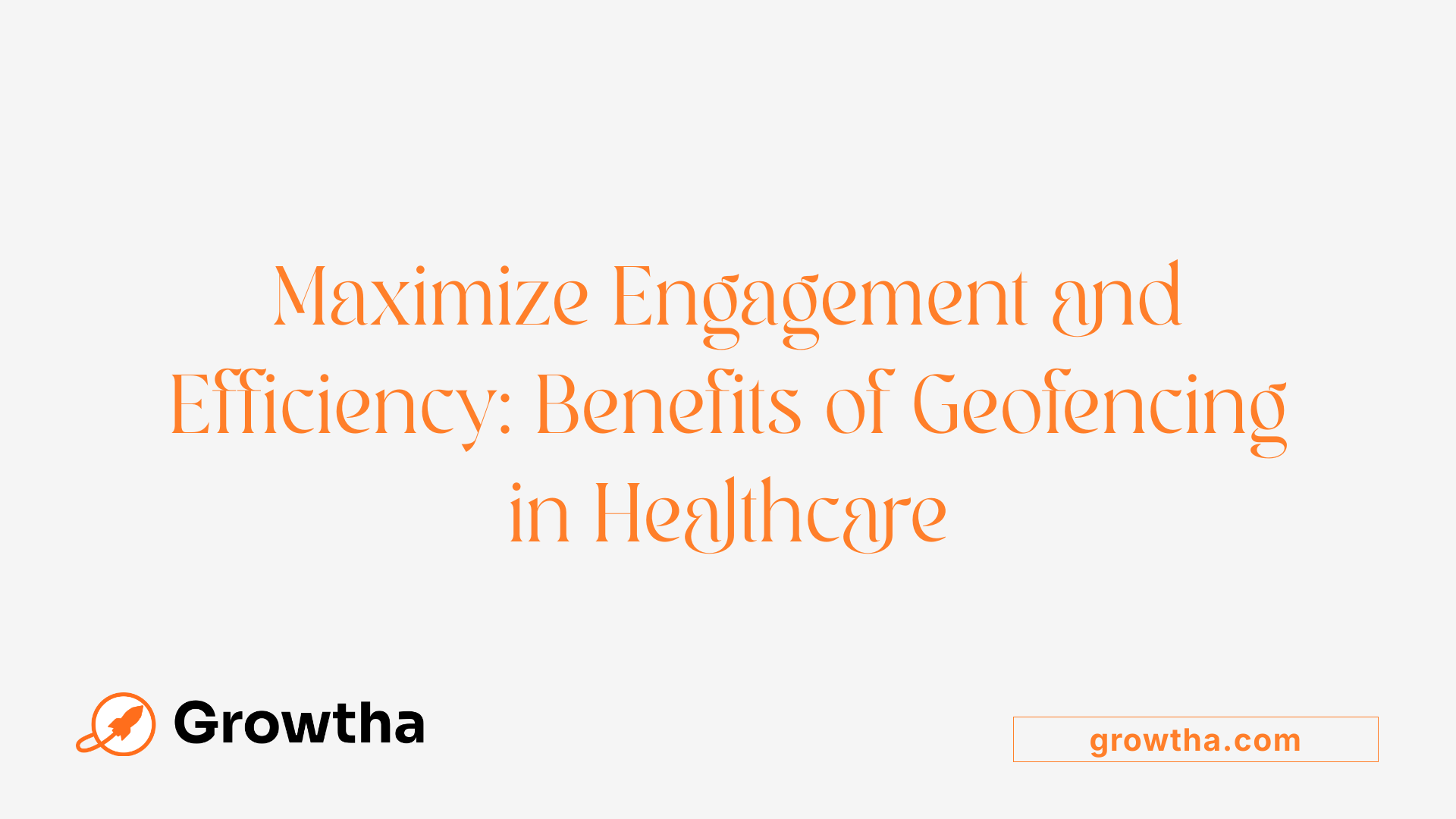
What are the benefits of using geofencing to target healthcare audiences?
Using geofencing for healthcare marketing offers several substantial advantages. This technology enables highly precise, location-based targeting, ensuring healthcare messages reach individuals within specific areas such as hospitals, clinics, or community centers, when they are most likely to be receptive.
It greatly enhances patient engagement by delivering personalized notifications, health tips, or appointment reminders directly to mobile devices based on their current location. For example, a clinic can prompt patients nearby about flu shots or wellness events, encouraging timely health actions.
Operationally, geofencing boosts efficiency by increasing foot traffic and service utilization. Campaigns aimed at high-intent audiences, such as healthcare professionals at conferences or patients near primary care facilities, can lead to more appointments, better service uptake, and improved patient satisfaction.
The technology also facilitates data collection and analysis, providing insights into patient behaviors, mobile device activity, and response rates to campaigns. This data helps healthcare marketers refine strategies and optimize budgets.
Furthermore, geofencing helps in building brand awareness and differentiating healthcare providers within their local markets. By delivering relevant, timely content, organizations can stand out amid competitors and foster stronger community relationships.
In summary, health-focused geofencing combines timely communication with targeted advertising, leading to more effective outreach, better patient experiences, and efficient use of marketing resources.
Implementing Geofencing Campaigns: Practical Strategies
How can healthcare organizations implement geofencing in their marketing campaigns?
Healthcare organizations can begin by clearly identifying the locations they want to target, such as hospitals, clinics, or even competitor facilities. Using platforms like Google Ads, Facebook, or specialized geofencing tools, they set virtual boundaries—called geofences—around these sites.
Once the boundaries are established, the next step is developing compelling, relevant messages or offers that will trigger when a device enters a geofence. These could include promoting specific healthcare services, reminding patients of appointments, or sharing health tips.
Adding additional parameters—such as medical specialties, user demographics, or job titles—can help refine the audience, ensuring that the right individuals receive pertinent messages. For instance, targeting mental health professionals at conferences or patients in certain age groups.
Campaign deployment involves choosing suitable channels like in-app notifications, SMS, or display ads on social media. It’s essential to track campaign performance through tools such as device IDs, pixel tracking, or conversion measurements to evaluate impact and optimize efforts.
Equally important is complying with privacy regulations such as HIPAA, CCPA, and GDPR. Clear user consent, transparency about location data use, and providing opt-out options are crucial to ethically executing healthcare geofencing marketing strategies.
By carefully planning these steps and continuously monitoring campaign results, healthcare providers can increase engagement, drive patient visits, and improve their overall outreach effectiveness.
Ethical and Privacy Considerations in Healthcare Geofencing
What are the ethical and data privacy considerations associated with healthcare geofencing?
Healthcare organizations using geofencing must navigate important ethical issues and legal requirements to protect individuals' privacy rights. Laws such as the General Data Protection Regulation (GDPR) in the EU, the California Consumer Privacy Act (CCPA), and region-specific laws like the New York law place restrictions on how location data can be collected, stored, and used.
Even when location data is anonymized, it remains subject to privacy protections. Obtaining active, informed consent from users before deploying geofencing campaigns is crucial. This not only ensures compliance but also respects users' autonomy, transparency, and control over their data.
There are risks involved with invasive targeting and profiling. Using geofences to deliver ads or collect behavior patterns without clear disclosure can lead to deceptive practices or unwarranted profiling—especially when targeting sensitive health-related locations or topics.
Healthcare providers need to consider the potential harm that could arise from misuse, such as breaching patient confidentiality or exposing vulnerable populations to unwanted marketing.
Balancing marketing and operational benefits with respecting individual privacy rights involves establishing strong safeguards, including transparent disclosures about data collection, secure data handling practices, and allowing users to opt out easily.
In summary, ethical healthcare geofencing hinges on lawful, transparent, and respectful use of location data. By adhering to privacy laws and prioritizing user consent and data security, healthcare organizations can mitigate risks and maintain trust while leveraging geofencing technology.
Case Studies Demonstrating Effectiveness of Healthcare Geofencing
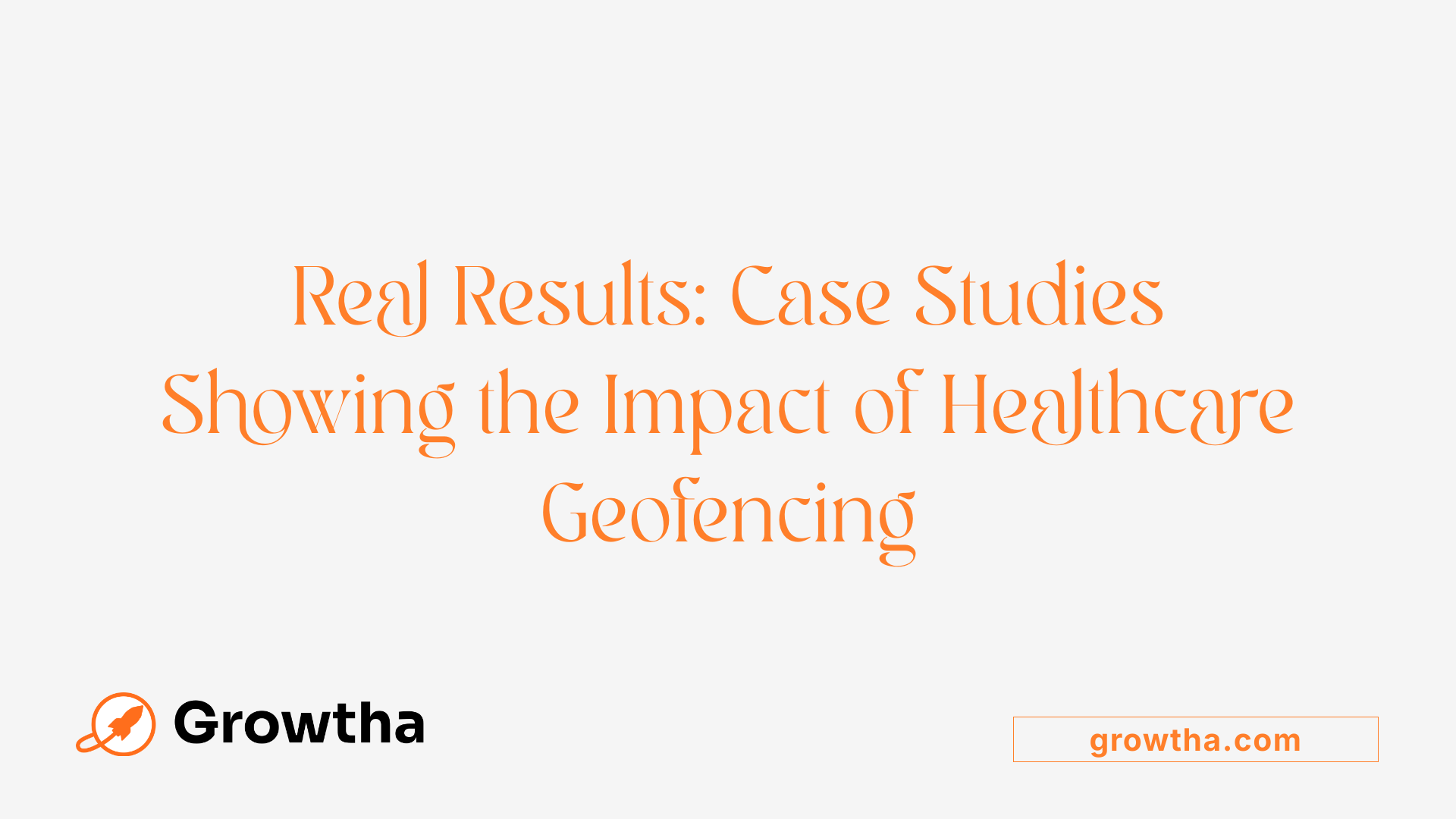
Are there case studies demonstrating the effectiveness of healthcare geofencing?
Yes, there are several compelling examples that showcase how healthcare organizations have benefited from implementing geofencing campaigns.
One notable case involved an urgent care provider that increased flu shot visits by 25% after deploying geofencing ads around local pharmacies and grocery stores. By targeting individuals within a specific radius, the clinic successfully encouraged more patients to get vaccinated, demonstrating the method's ability to drive immediate action.
Another example features a hospital that boosted its appointment bookings by 30% by targeting areas with high foot traffic such as office parks and gyms. These campaigns proved to be highly cost-effective, allowing practitioners to reach high-intent audiences with personalized messages.
Beyond individual clinics, public health initiatives have also harnessed geofencing technology. For instance, health authorities have used it to promote vaccination drives and health screenings within specific communities, resulting in increased participation and awareness.
Metrics of success (improving visits, engagement)
Success in healthcare geofencing is commonly measured by increased patient visits, higher engagement rates, and campaign-specific goals such as appointment bookings or event attendees. In these case studies, the campaigns often resulted in a significant percentage increase in visits, sometimes reaching over 25-30%, and improved community outreach.
The precise targeting offered by geofencing leads to better resource allocation, reducing unnecessary advertising spend while maximizing impact. Marketers monitor metrics such as click-through rates, conversions, and offline visits to assess effectiveness.
Public health campaigns and outreach examples
Public health campaigns have also greatly benefited from geofencing. For example, campaigns promoting COVID-19 vaccinations, flu shots, and screening programs have used location boundaries around clinics, community centers, and pharmacies. These targeted promotions have increased awareness and participation, especially among populations that are difficult to reach through traditional media.
By creating virtual zones around relevant locations, health agencies ensure messages are delivered when and where audiences are most receptive, making outreach efforts more efficient and impactful.
Lessons learned and best practices
Successful healthcare geofencing campaigns emphasize clear objectives, precise geographic targeting, and privacy compliance. Best practices include choosing appropriate geofence sizes—generally around five minutes of travel distance—to ensure relevance.
It's essential to obtain user consent and comply with privacy laws like CCPA and GDPR, especially when dealing with health-related data. Personalized, actionable messages often lead to higher engagement.
Finally, continuous monitoring and optimization, based on performance metrics, help refine campaign strategy. Testing different boundary sizes, messaging, and timing improves overall results and supports long-term success.
Best Practices for Targeted Healthcare Marketing with Geofencing
Creating compelling CTAs and offers
In healthcare marketing, the success of a geofencing campaign hinges on the relevance and attractiveness of calls-to-action (CTAs) and offers. Personalized messages such as appointment reminders, special discounts on health screenings, or invitations to community health events can motivate users to engage. Ensuring these CTAs are clear, urgent, and aligned with the user’s location boosts effectiveness.
Refining campaign targeting and segmentation
Effective targeting involves more than just drawing a virtual boundary. Combine geofencing with demographic data, medical specialties, or behavioral insights through geotargeting. For instance, targeting healthcare professionals at specific conferences or patients near pharmacies allows for precise messaging. Regularly refining target zones by analyzing visitor data ensures campaigns stay relevant and cost-efficient.
Ensuring lawful and ethical compliance
Healthcare geofencing must adhere to privacy laws like GDPR and CCPA. Obtain explicit user consent before deploying location-based ads, clearly explaining how data will be used. Respect user privacy by providing easy opt-out options and avoiding sensitive health information in targeted messages. Maintaining transparency builds trust and reduces legal risks.
Monitoring and analyzing campaign results
Tracking performance metrics such as click-through rates, appointment bookings, or in-clinic visits provides insight into campaign ROI. Use analytics tools to monitor real-time engagement and adjust targeting, messaging, or offers accordingly. Continuous improvement ensures ongoing relevance and effectiveness.
Integrating geofencing into broader marketing strategies
Geofencing should complement broader initiatives like social media outreach, content marketing, and community engagement. Use it to enhance lead generation, promote healthcare services at local facilities, or improve patient retention. Integration enables healthcare providers to maximize resource utilization and create cohesive marketing ecosystems.
| Best Practices | Implementation Examples | Goals |
|---|---|---|
| Creating compelling CTAs & Offers | Reminders for vaccinations, health event invites | Increased patient engagement and visits |
| Refining targeting & segmentation | Combining geographic and demographic data | Cost-efficient campaigns, higher relevance |
| Ensuring legal & ethical compliance | User consent, privacy policies | Legal adherence, consumer trust |
| Monitoring & analyzing results | ROI analysis, A/B testing | Campaign optimization, better ROI |
| Integrating into broader strategies | Multi-channel marketing campaigns | Overall campaign effectiveness |
Harnessing Location Technology for Health Success
As healthcare providers seek more efficient ways to connect with patients and professionals, the strategic use of geofencing offers a compelling solution. From targeted advertising during medical conferences to community outreach campaigns promoting wellness services, geofencing facilitates precise, timely, and relevant communication. When implemented responsibly and ethically, with keen attention to privacy laws and user consent, it becomes a valuable tool to increase engagement, improve operational efficiency, and ultimately enhance patient care. Embracing this technology not only optimizes marketing endeavors but also strengthens the overall relationship between healthcare providers and their communities, setting the stage for improved health outcomes and sustained growth.
References
- What is Geofencing? | Healthcare Success
- Healthcare Geofencing: The What & Why | Health Union, LLC
- Geofencing for Behavioral Healthcare - Mend
- Healthcare Medical Geofencing Marketing - Propellant Media Med
- How to Utilize Geofencing and Location-Based Marketing in ...
- A Comprehensive Guide to Geofencing in Healthcare | AirDroid Blog
- Geofencing - WebMarkets Medical Marketing
- Targeting the Right Demographic with Geofencing To Get More ...
- Geofencing Marketing for Healthcare Practices - Streamsoft Consulting
- Location-Based Marketing: Geotargeting vs. Geofencing




